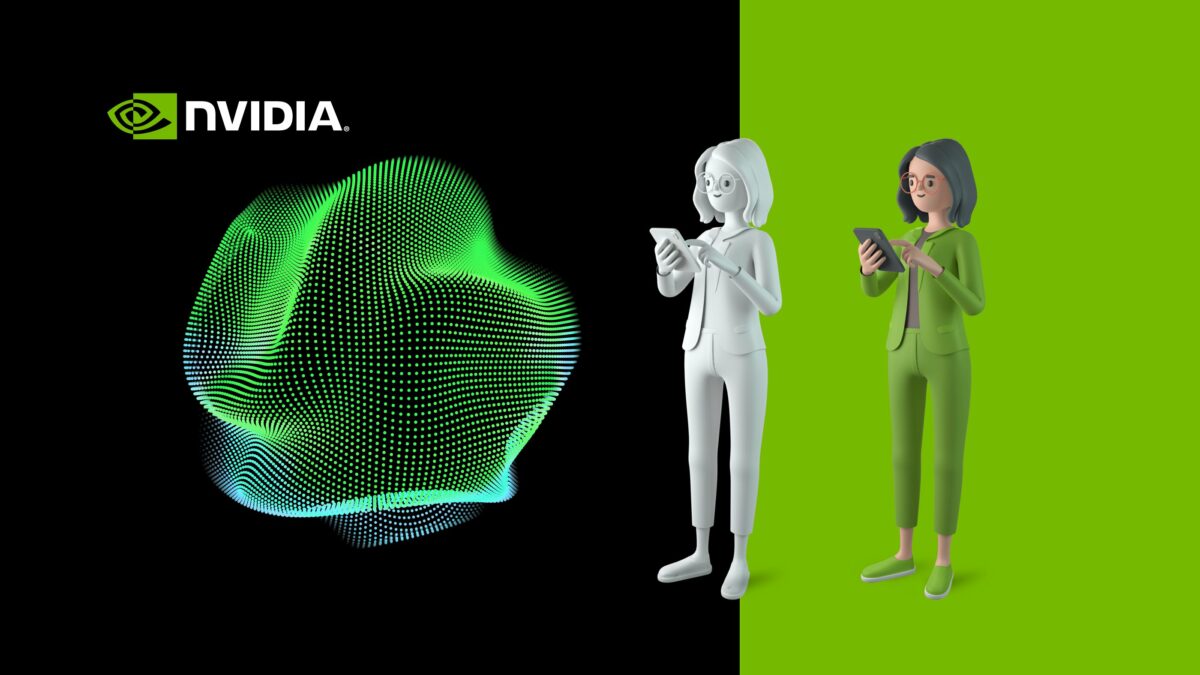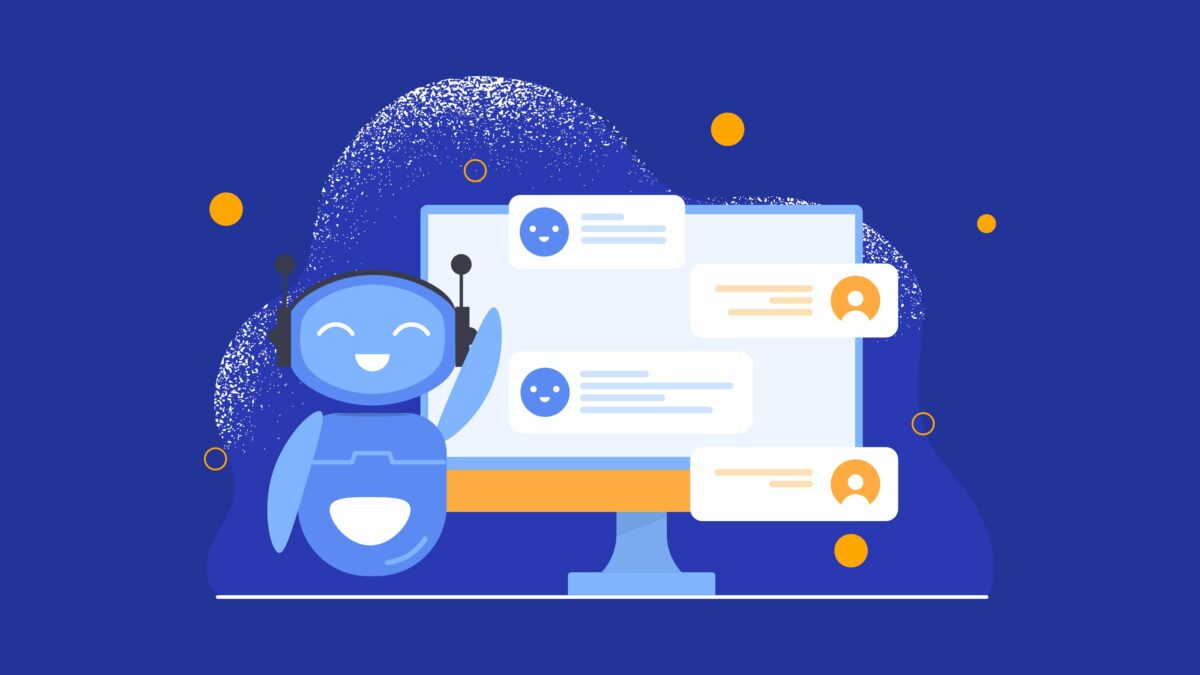The future of manufacturing is smart, intuitive, and highly efficient, all thanks to robotics and AI. Automated factories are nothing new, as digital upgrades have been occurring for quite some time. However, with recent technological advances leading to smart robotics, artificial intelligence, and machine learning, the industry is rapidly moving forward by leaps and bounds.
These technologies are drastically transforming factory settings, leading to significant improvements in quality control, safety, and supply chain optimization. As this transformation continues, it highlights a future where AI and robotics drive further advancements and innovations, leading to superior efficiency and unimaginable capabilities.
What Are the Benefits?
Automation driven by robotics and AI can produce a number of benefits that can help further the manufacturing industry, including:
- Improving worker safety
- Lowering operational costs
- Reducing factory lead times
- Higher and faster ROI
- Increased competitiveness
- Greater consistency
- Better planning
- Increased output
For those companies that are looking to reduce their carbon footprint, AI and robotic automation can also help lower environmental impact. In essence, using AI and robotics helps factories run more efficiently, which means less usage of energy and resources that contribute to waste and pollution.
How Robotics and AI Are Transforming Manufacturing
AI-powered systems run on machine learning programs that essentially tell robots, machines, and equipment what to do, when to do it, and how best to do it. In other words, they are designed to learn the best way to perform a task, especially repetitive tasks, which can help eliminate otherwise wasted time, money, and resources. This ultimately leads to overall operational optimization, which can boost efficiency and lead to greater productivity.
Below are some of the most common ways AI and robotics are being used today to transform factory settings.
Smart Automation
Again, AI-powered systems are embedded with deep learning programs and neural networks that enable them to work optimally with little to no human intervention. This allows human workers to focus their attention on other more important tasks that do require a human touch, while the robots take care of everything else. This allows for numerous factory operations to be automated, which can reduce human error and cycle times, and speed up production processes.
Quality Control
Consistency is key to success in the manufacturing industry. This means machines and equipment that are consistently working as they should to help produce consistent and high-quality products. This is where AI steps in.
AI-powered computer systems can monitor input from various factory robots and equipment, keeping an eye out for any anomalies or issues that could impact production. For example, many AI-powered systems in manufacturing settings now use analysis for predictive maintenance, which helps avoid breakdowns and malfunctions that could lead to delays or shutdowns.
Layout Optimization
The way the factory floor is laid out and organized can also play a role in production output and efficiency. If things are not laid out as optimally as possible, for example, it can make it harder for a worker to do their job.
AI-powered tools and sensors, however, can analyze layouts and suggest a better plan to improve efficiency and reduce issues with safety, space, and materials. If a short-run project arises, these systems can also suggest a temporary reconfiguration to better suit the needs of the project.
Even after the factory is set up, sensors can continuously monitor and make suggestions to improve process flow based on how things are running.
Generative Design
Generative design using AI allows engineers to input a set of requirements for a product, such as the parameters and design goals, and then the AI uses that information to test out hundreds, even thousands, of different iterations until the best option is found. This is something that could normally take months or years for a person to do themselves, but AI can do it much faster, which allows companies to create the most optimally designed product in a shorter amount of time.
Current Case Studies for AI and Robotics
Already, hundreds of companies around the globe are using AI and robotics to improve manufacturing processes.
Siemens’ (SIEGY) has adopted Microsoft’s OpenAI Service to harness generative AI design to help a number of industrial companies drive efficiency and innovation across their manufacturing processes.
DHL is deploying Boston Dynamic’s Stretch Robot to optimize its supply chain, using it to help grab and move packages.
Rockwell Automation’s Smart Manufacturing software uses AI to equip factories with the insights needed to optimize risk management, quality, productivity, and sustainability.
Walmart recently built a 1.4 million-square-foot facility in Florida, their first automated distribution center powered by AI supply chain technology from the company, Symbiotic.
NVIDIA provides a number of AI solutions to the industrial sector, including IGX Origin, a platform that provides predictive maintenance, robotics, and industrial inspection solutions.
In the United States alone, manufacturing companies have heavily invested in smart automation installations in recent years, including 44,303 robotic units in 2023. These numbers are expected to continue growing as more companies look to these technologies to upgrade their factories and improve efficiencies.
Challenges to Consider
While smart automation technologies have the power to positively transform the manufacturing industry, using AI and robotics still comes with challenges. The ethical implications of AI are important to consider, for example.
In any setting where you have human-robot collaborations or human-AI collaborations, it’s necessary to understand the ethical challenges, such as safety, communication, and job displacement.
While robots are often used to make factory settings safer, if workers do not understand how to properly interact with these systems, it can end up causing more safety problems. This is where thorough training plays an important role. If companies intend to integrate robots, they must first make sure their workers fully understand how to use and interact with these advanced systems.
For example, many robots have user interfaces that workers can use to access and adjust settings, however, if workers don’t have any programming knowledge, they could struggle without proper training. Additionally, factory robots can also sometimes be controlled using voice commands, but if workers don’t adapt to these voice controls, it will make it difficult for them to work in the same area as the robots.
Another challenge that can arise is low morale due to fear of job displacement. When integrating AI-powered systems and robots, it’s crucial that companies alleviate these fears by assuring their workers that these systems are meant to help them do their jobs better as opposed to replacing them entirely.
Cybersecurity Concerns
Another challenge worth noting is potential cybersecurity issues. As processes and systems become more digitally connected and intertwined, it makes them more susceptible to cyberattacks. For example, while rare, industrial robots can be hacked as can other AI-powered systems.
To avoid these risks, manufacturers must take steps to increase cybersecurity awareness among workers and implement advanced cybersecurity protocols. This means training workers on how to use these systems without putting any sensitive data at risk and even limiting who has access to controls. It also means using device-hardening protocols and end-to-end encryption to protect data.
Keeping up with the latest software updates and firmware patches is also important to reduce system attacks, as well as conducting regular cybersecurity risk assessments. If manufacturers don’t want to handle this themselves, they can hire vendors who can monitor cybersecurity threats for them and distribute updates and patches as needed.
Final Thoughts
While there are risks associated with the adoption of any new advanced system, the pros generally outweigh the cons. So long as companies are smart about how they integrate AI and robotic systems, these technologies have the power to lead to greater efficiency and production output. It will also help companies stay competitive in an evolving digital landscape.











